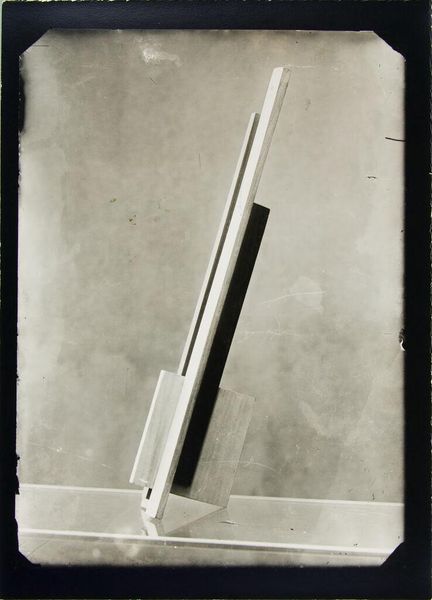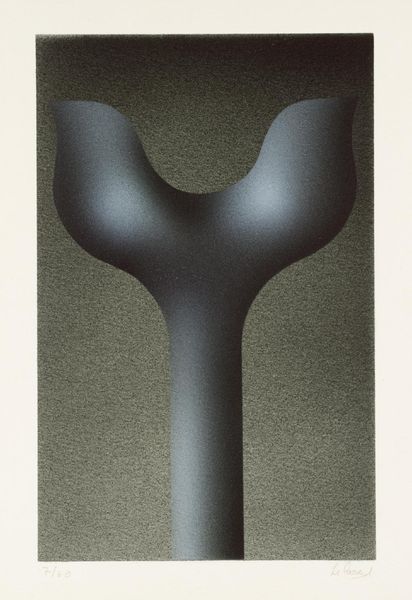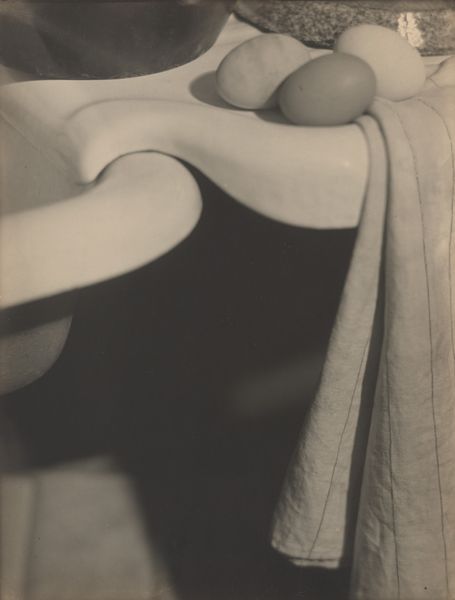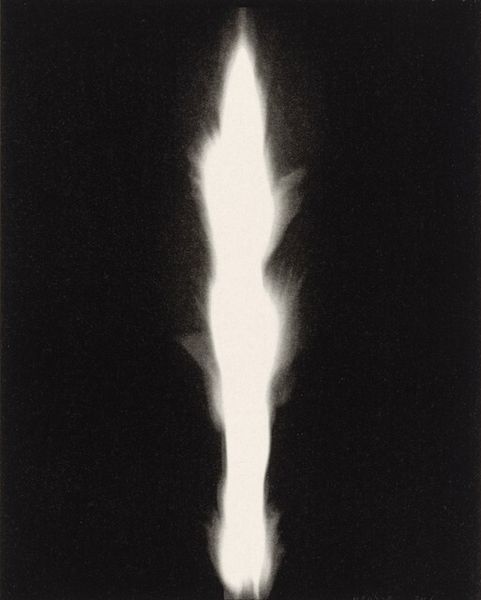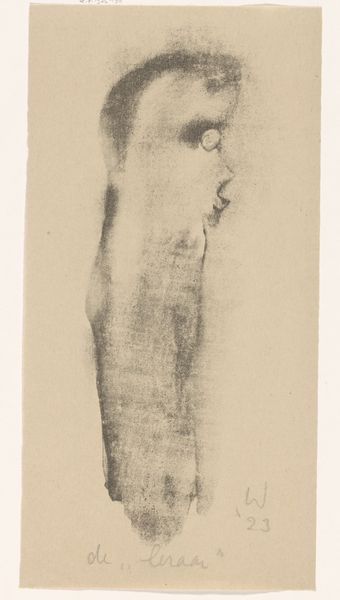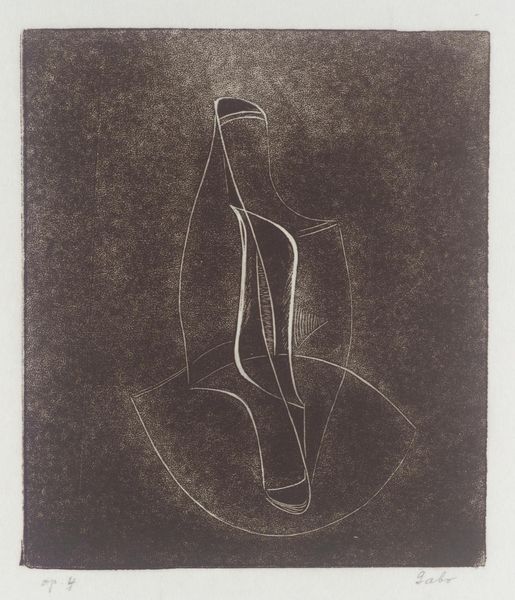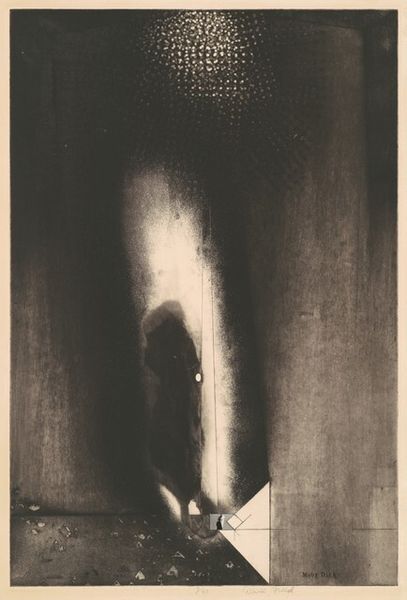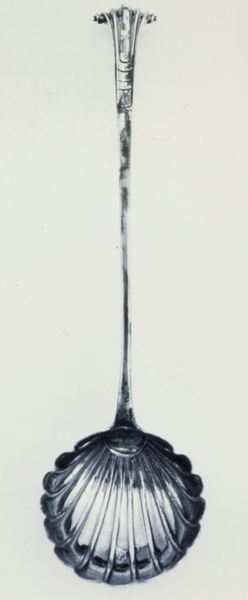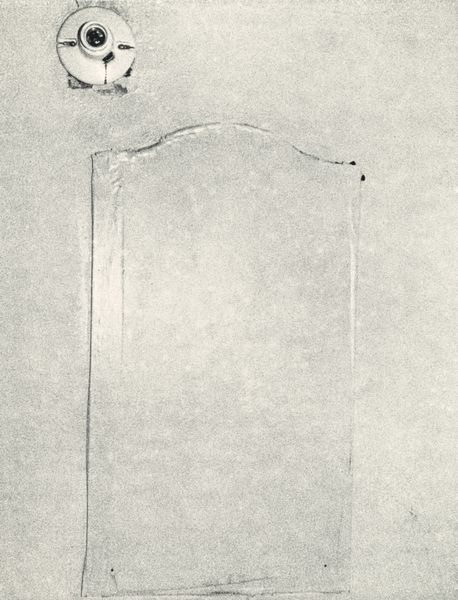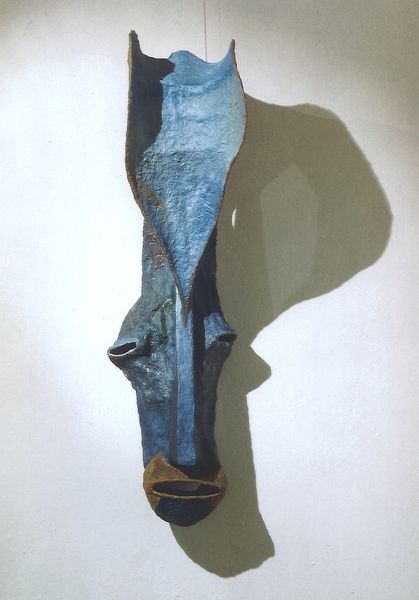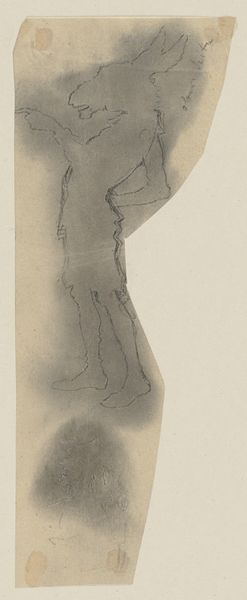
photography, sculpture, gelatin-silver-print
#
portrait
#
photography
#
sculpture
#
gelatin-silver-print
#
abstraction
#
modernism
Dimensions: image: 23.6 x 17.3 cm (9 5/16 x 6 13/16 in.) sheet: 25.1 x 20 cm (9 7/8 x 7 7/8 in.) mat: 56.5 x 46.3 cm (22 1/4 x 18 1/4 in.)
Copyright: National Gallery of Art: CC0 1.0
Curator: There’s a kind of ghostly quietude radiating from this gelatin silver print. Editor: Indeed. This photograph, entitled “Interpretation,” was created by Alfred Stieglitz in 1919. It portrays a sculpture—an abstract figure draped in what appears to be flowing fabric. What stands out to you in this work? Curator: The overwhelming sense of anonymity and stillness, almost like a shrouded monument or perhaps an unspeaking effigy. There is a strong feeling of repression conveyed by the subject. What I wonder is whether this represents a social anxiety that has resurfaced at various junctures. Editor: Considering the socio-political atmosphere of 1919 is useful. Following World War I, and in the midst of the Red Scare in America, anxiety permeated society. The statue is rendered nearly monolithic. I believe that in its ambiguity, the work offers commentary on the effects of rapid cultural shifts following that devastating global event. What do you make of Stieglitz's choice to photograph the sculpture? Curator: Stieglitz was incredibly intentional in his photographic practice, and this abstraction signals a pivotal departure from representational forms, and embraces what Modernism championed through subjective interpretation. I see a challenge to the conventional notion of portraiture by not documenting an individual's likeness but rather presenting an archetypal symbol. Perhaps Stieglitz aimed to capture the collective unconscious and grief, as it pertained to gender identity. Editor: His involvement with shaping the perception of art in the U.S. can’t be understated. The question then becomes, what role does art serve during national periods of tumult? Was it, and is it now, a mirror or a means of constructing more inclusive or even alternative visions? Curator: Absolutely. As we consider “Interpretation” now, we need to critically re-evaluate the historical undercurrents shaping those visual legacies while envisioning what contemporary dialogues are being opened up in a climate steeped in intersectionality and power structures. Editor: It's an artwork that clearly urges us to investigate how societal history and personal introspection interplay in our perception of form and narrative, even now.
Comments
No comments
Be the first to comment and join the conversation on the ultimate creative platform.

